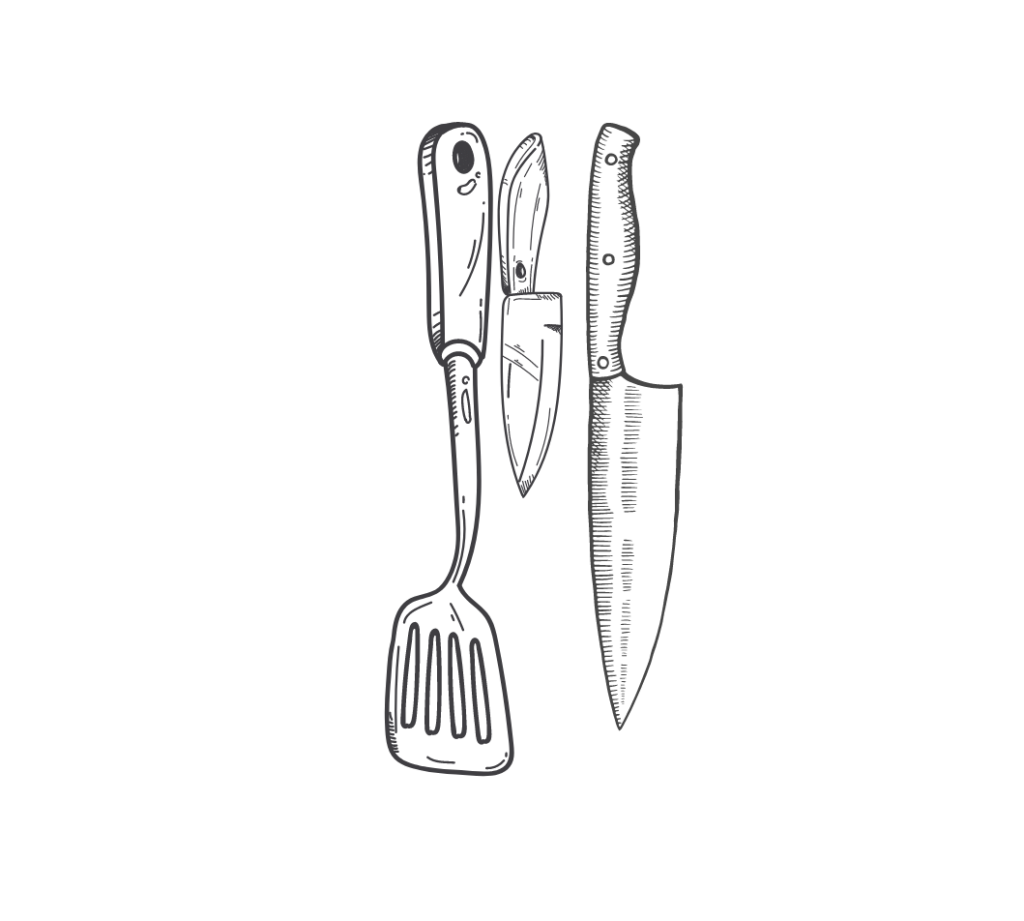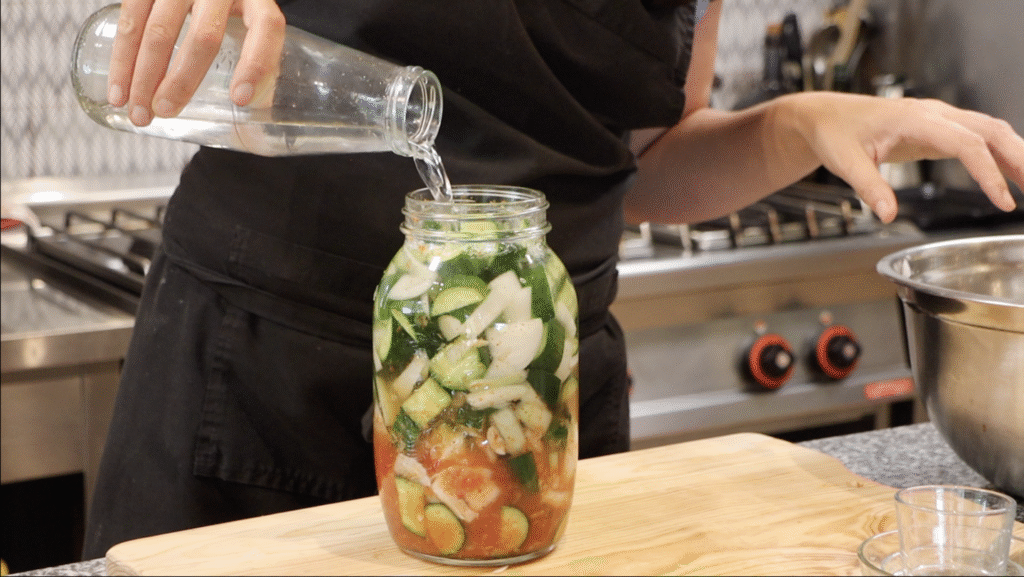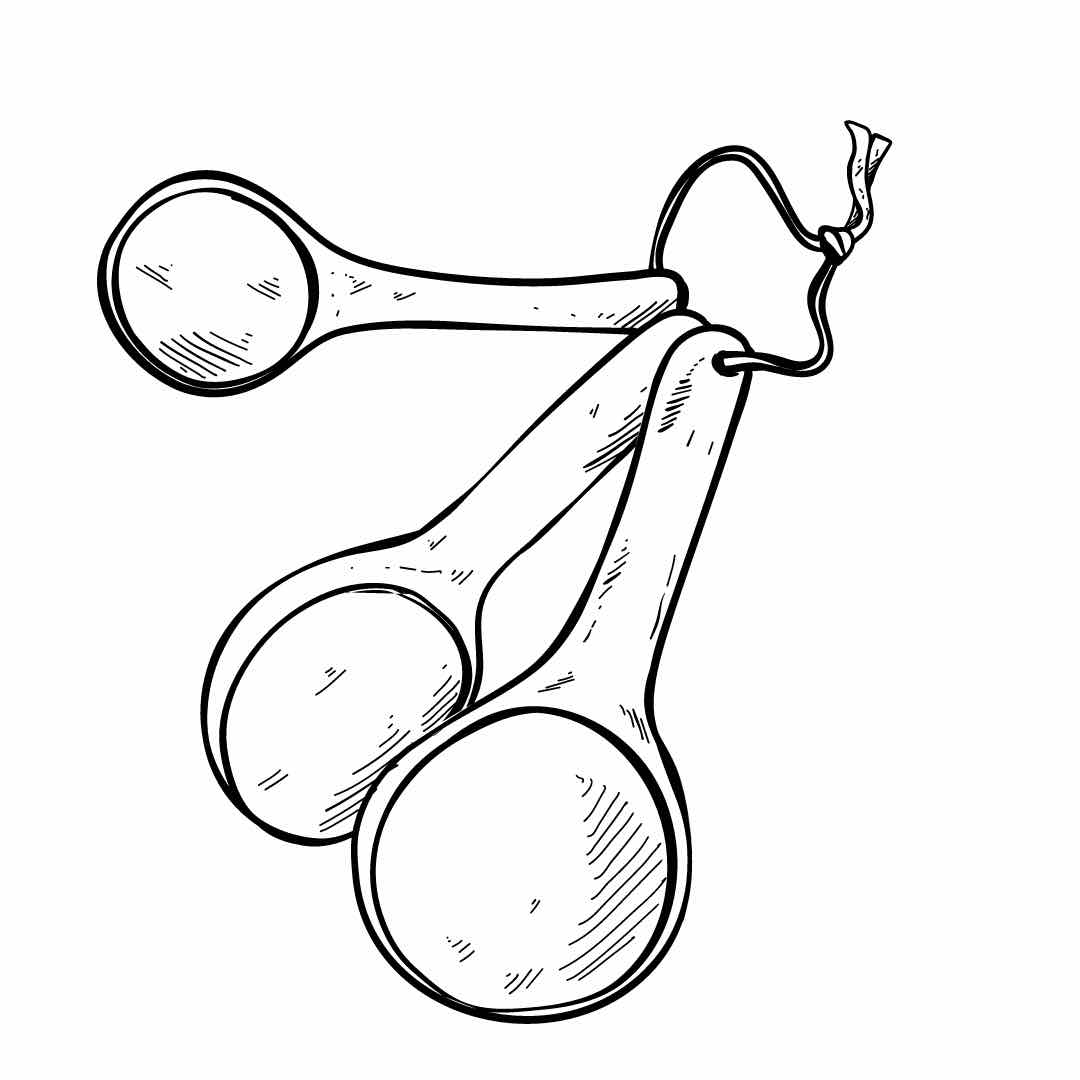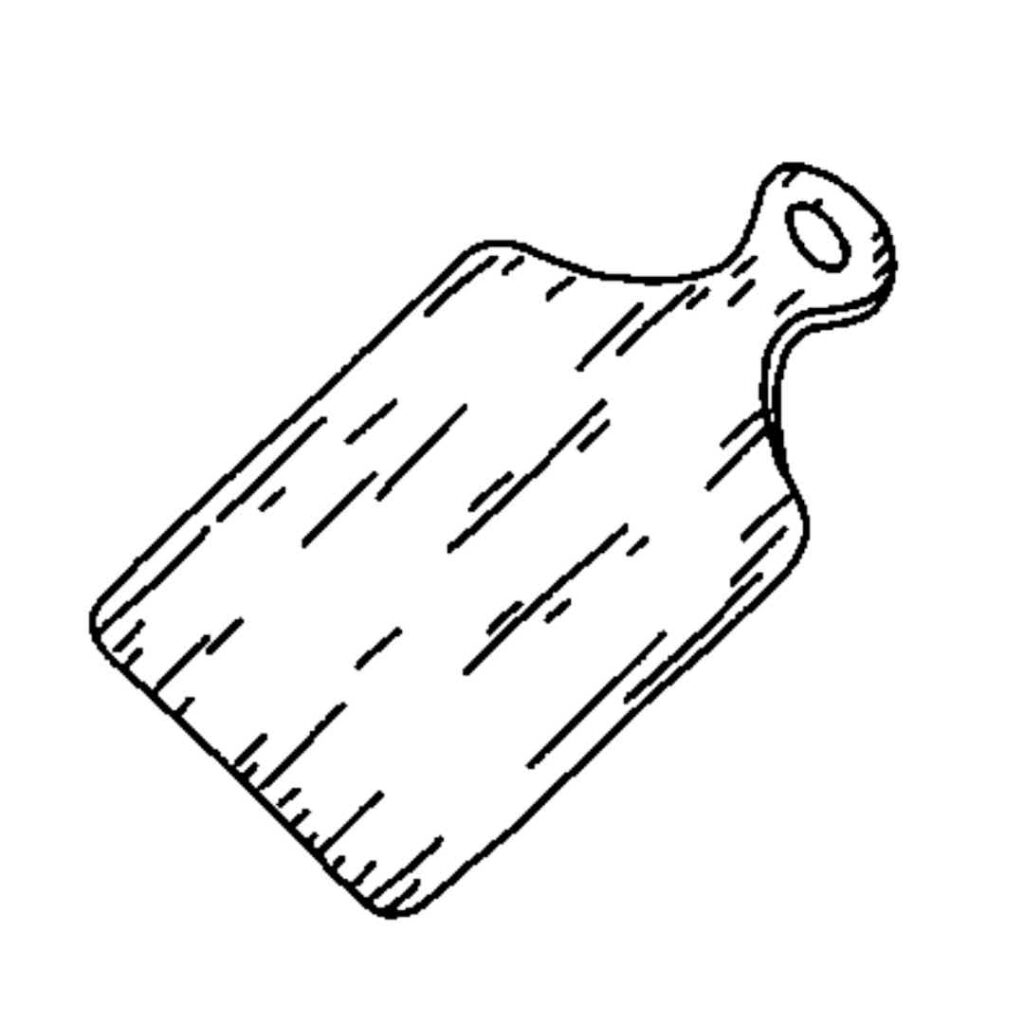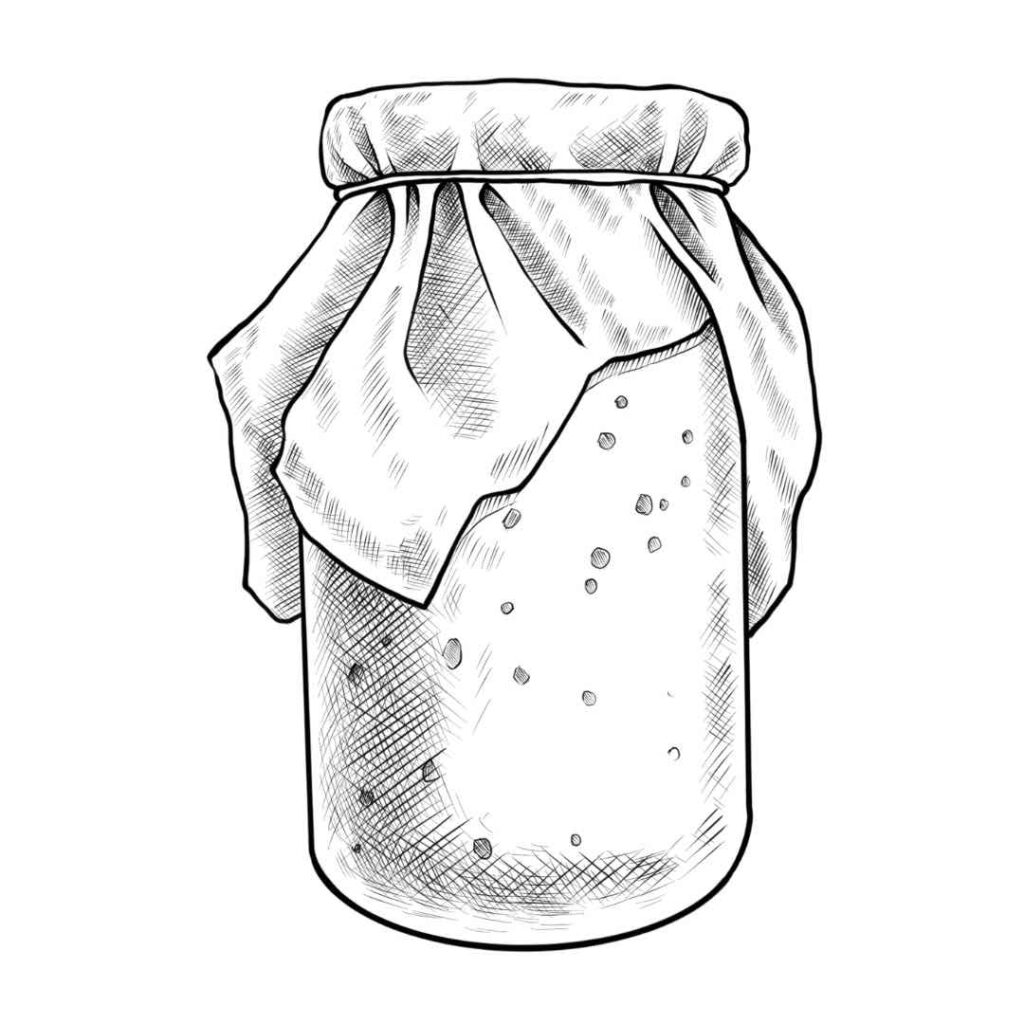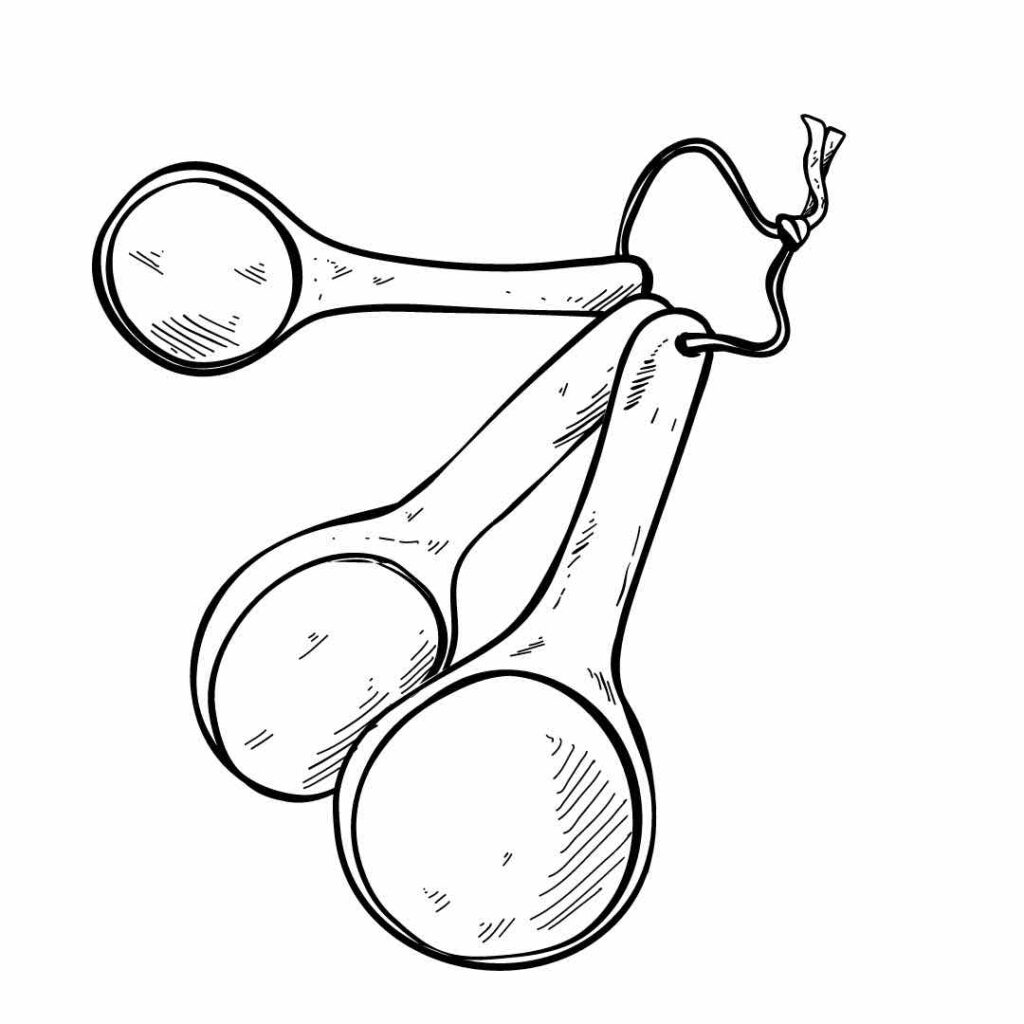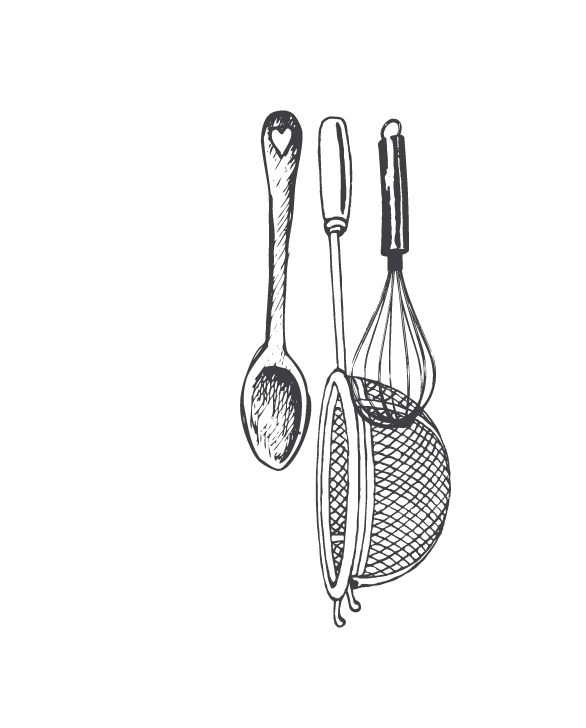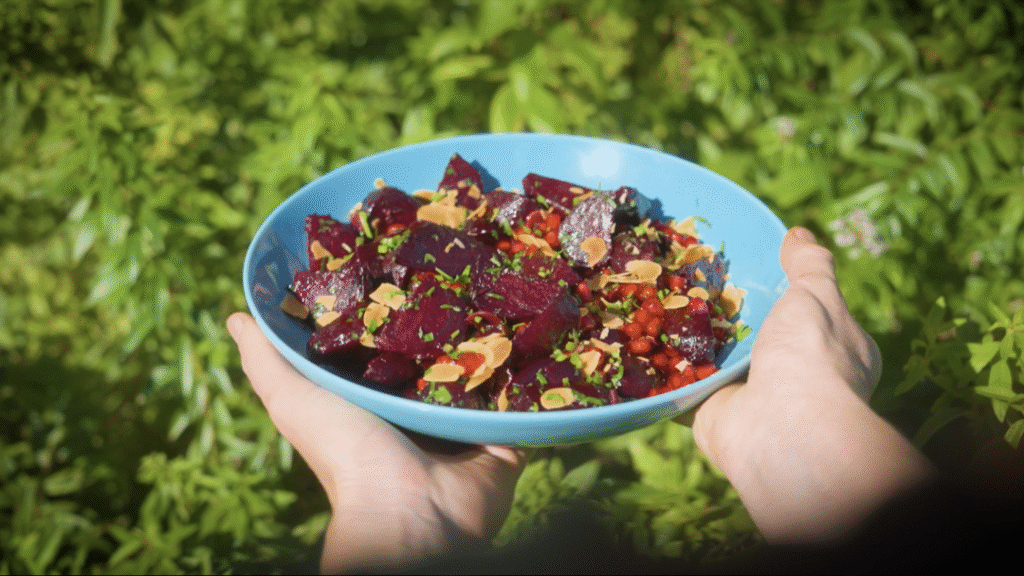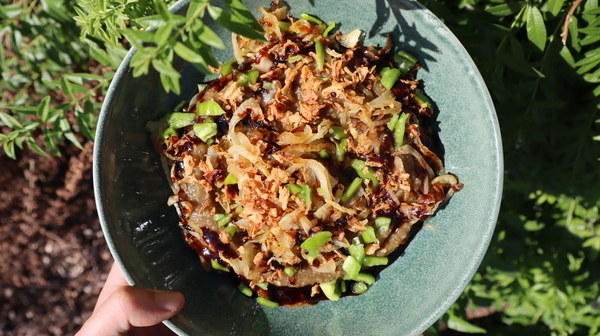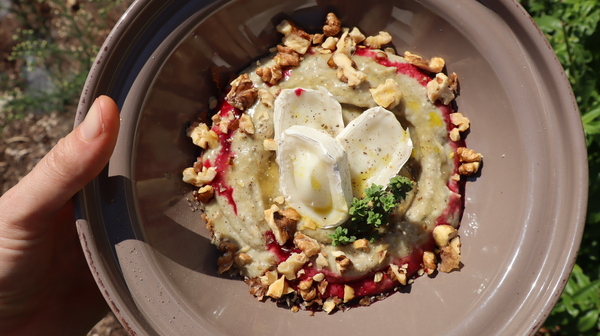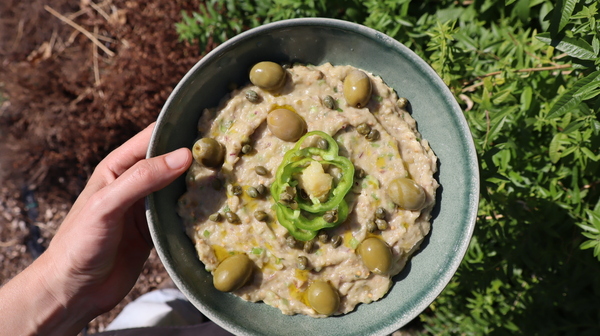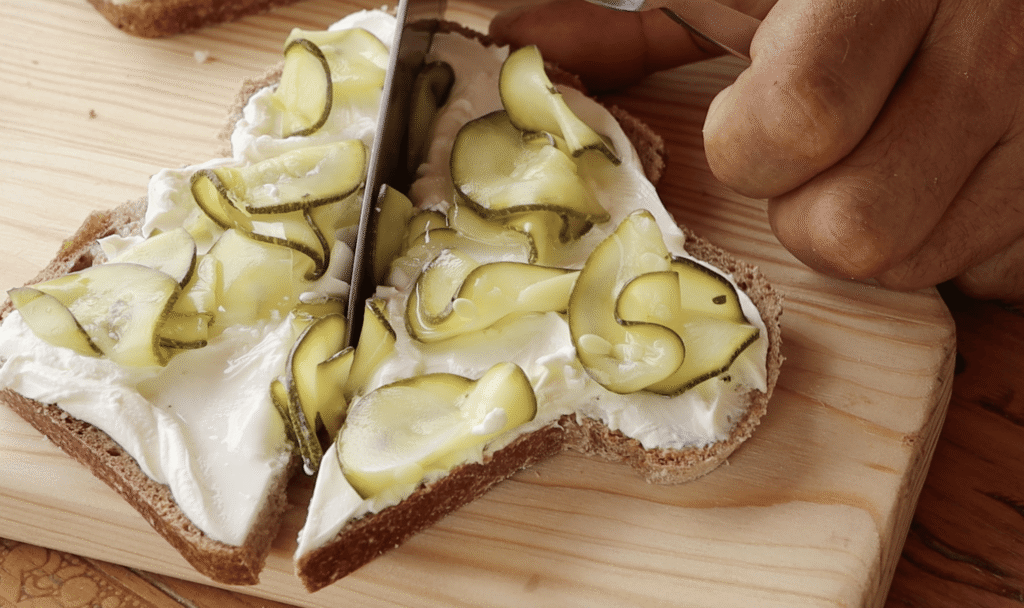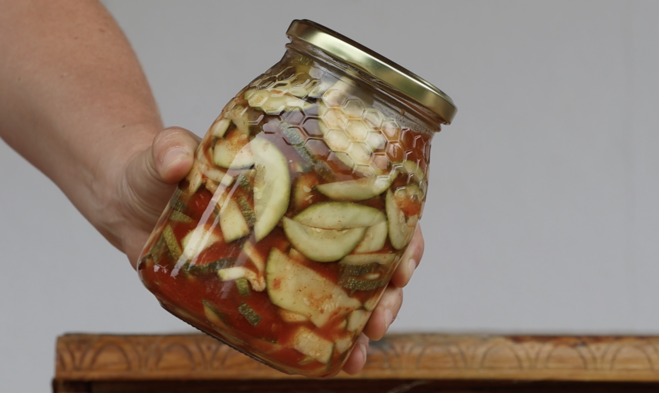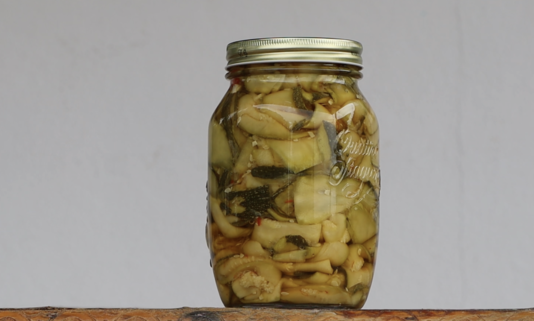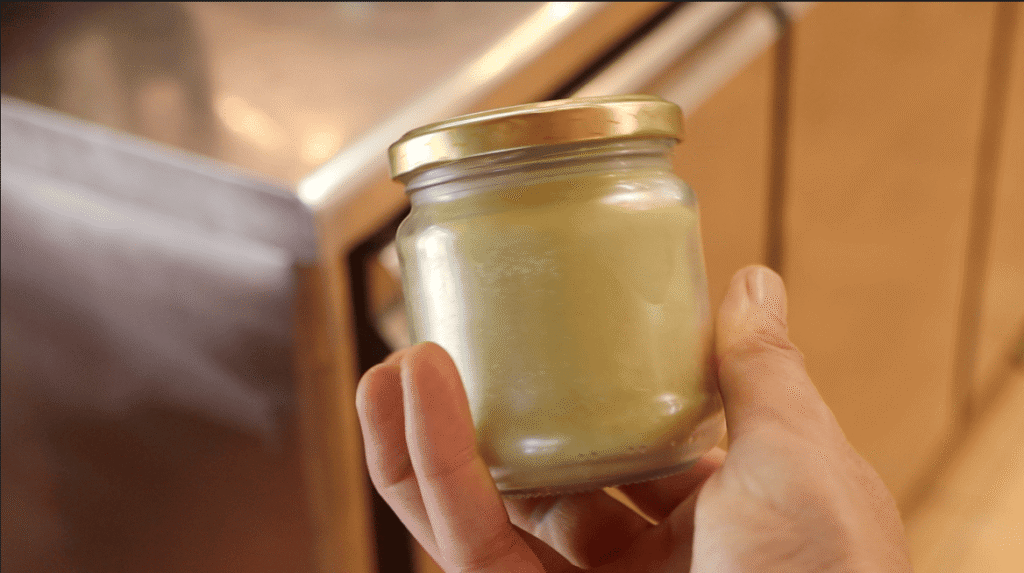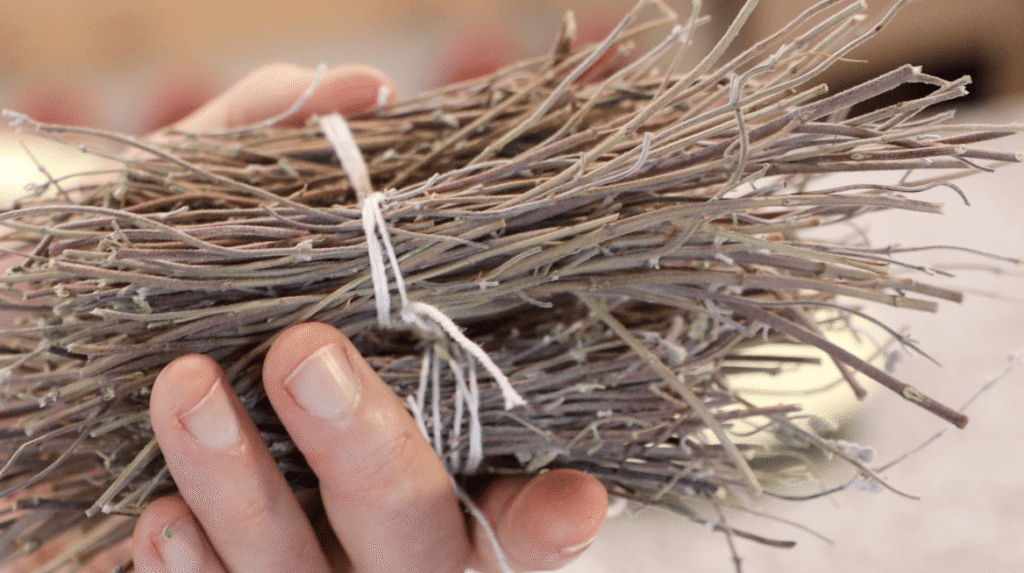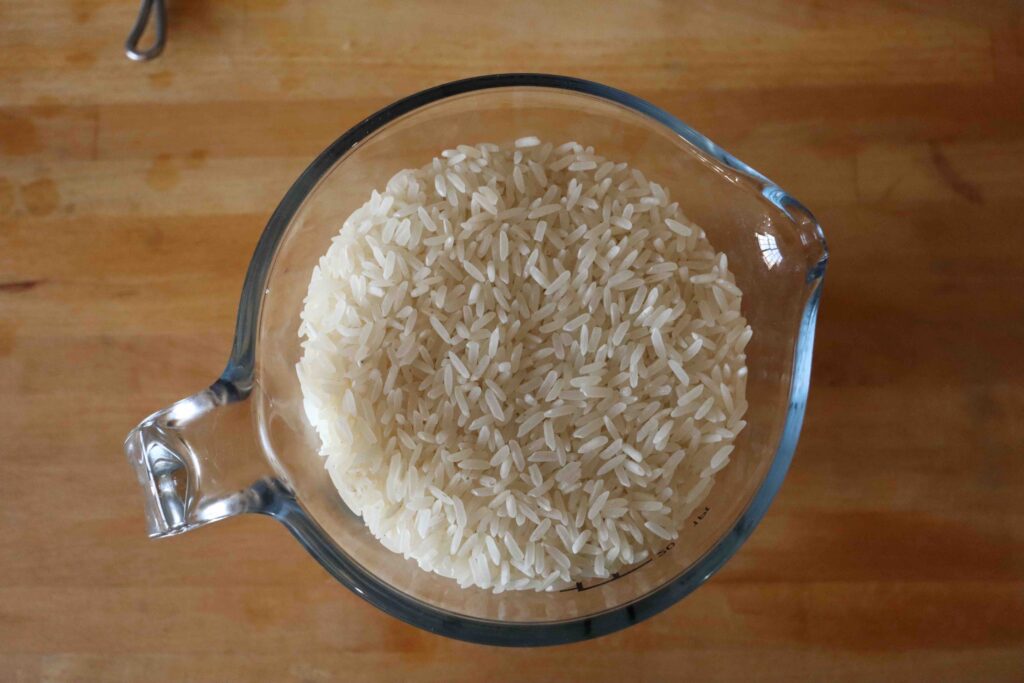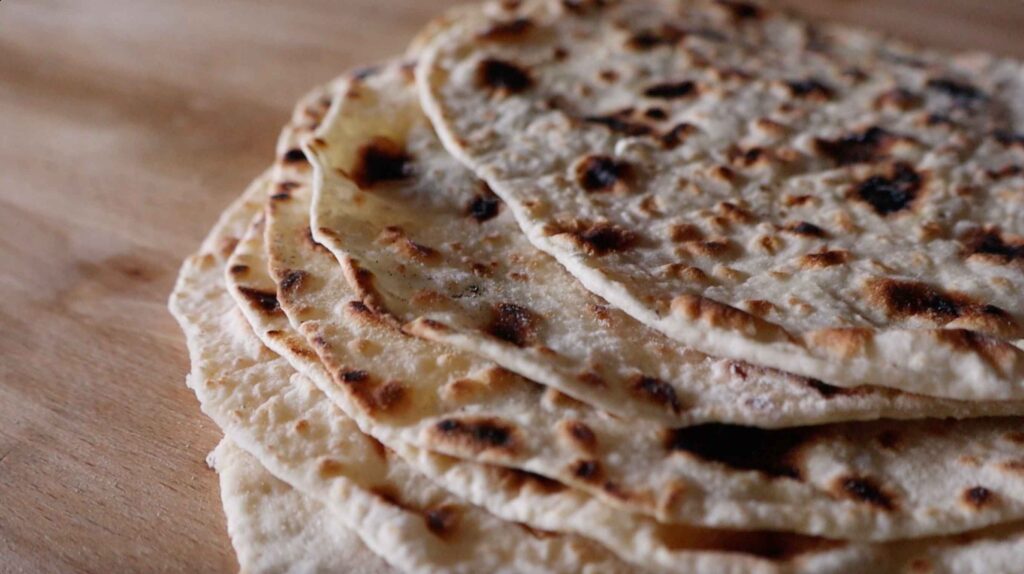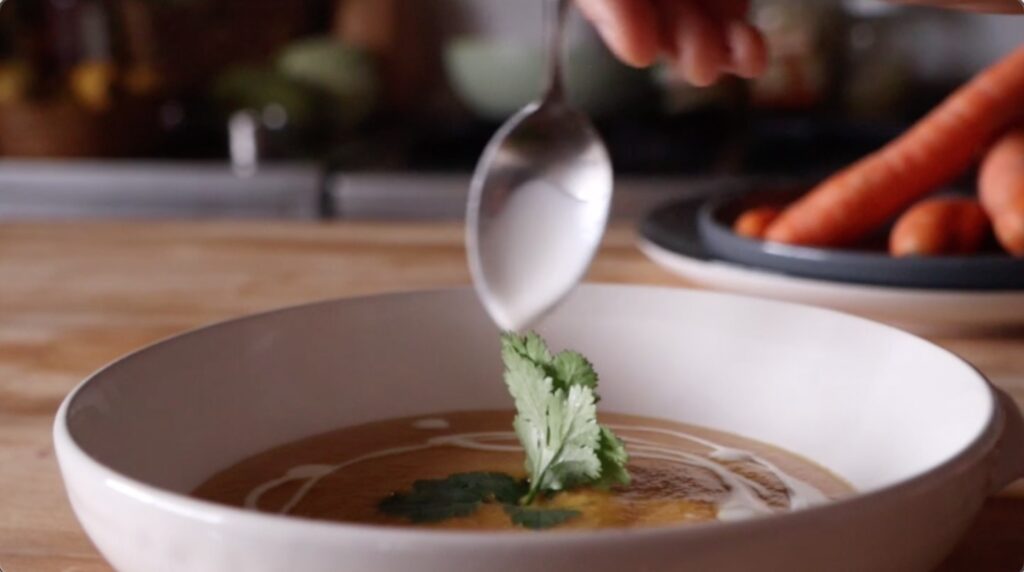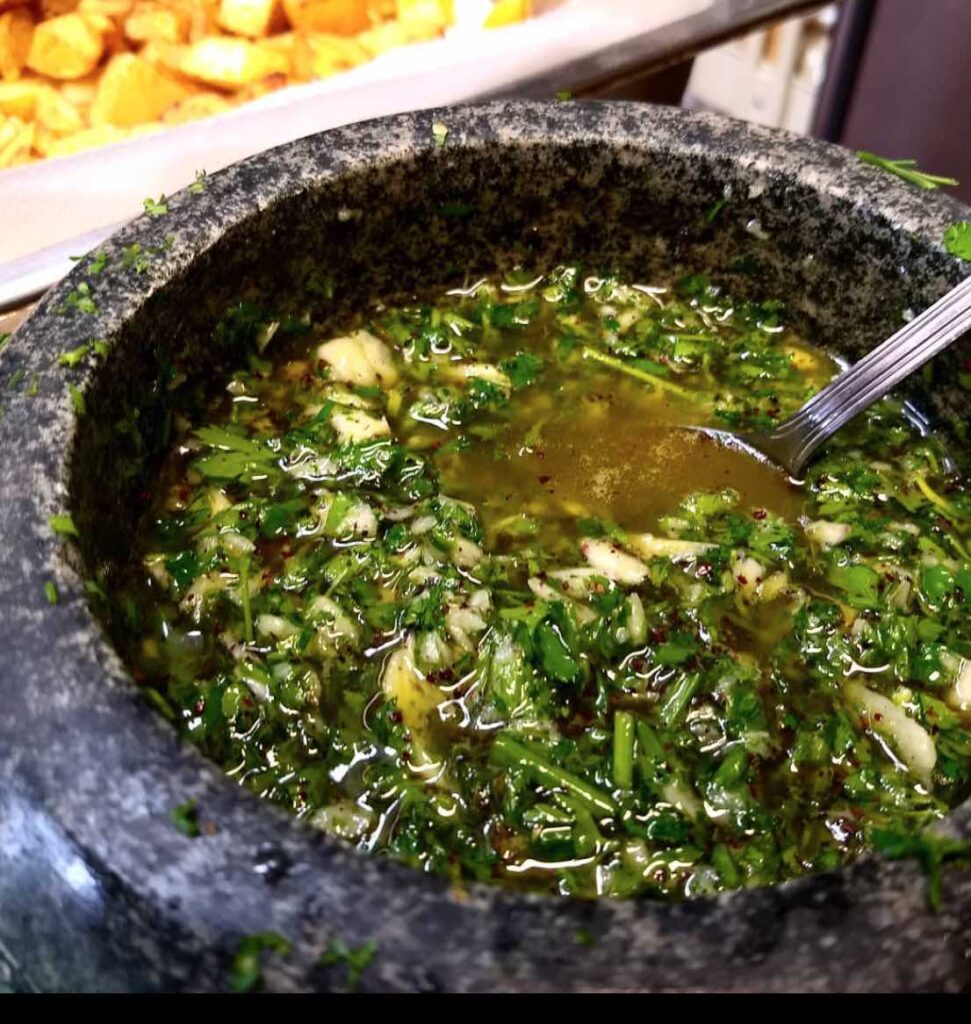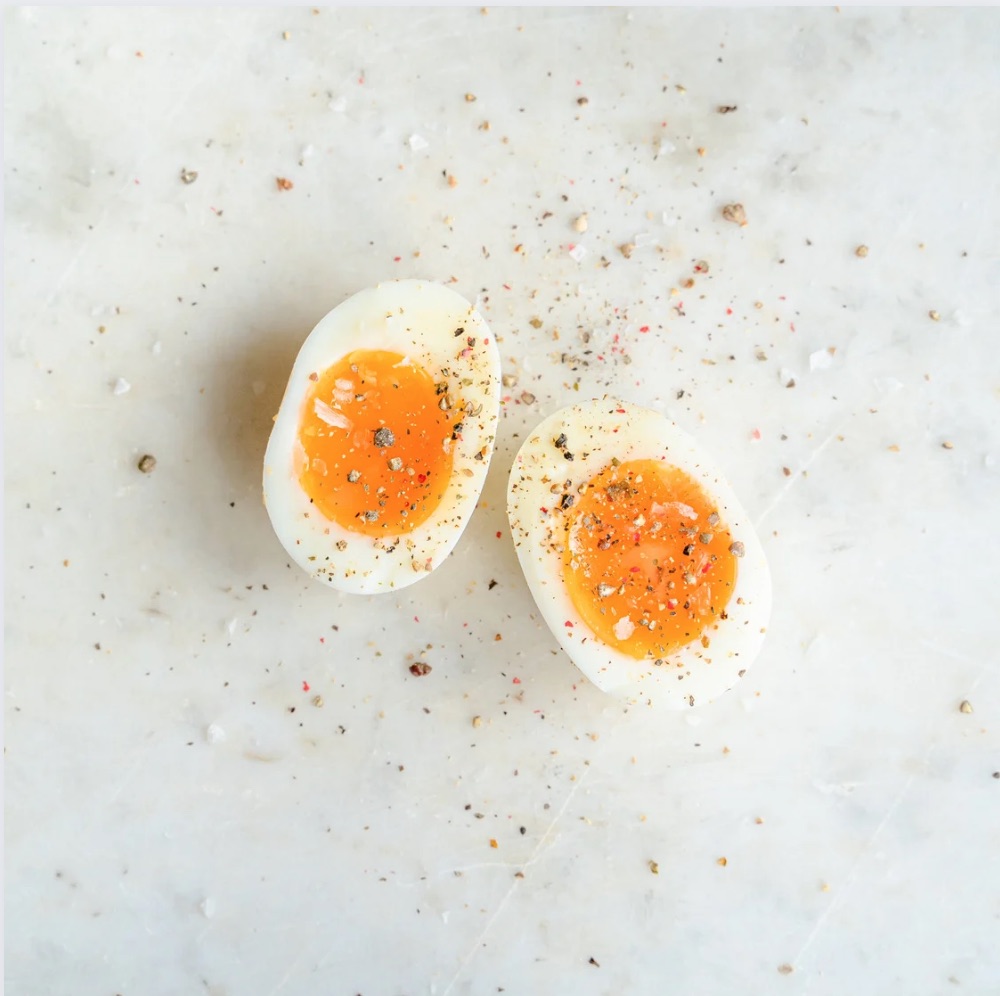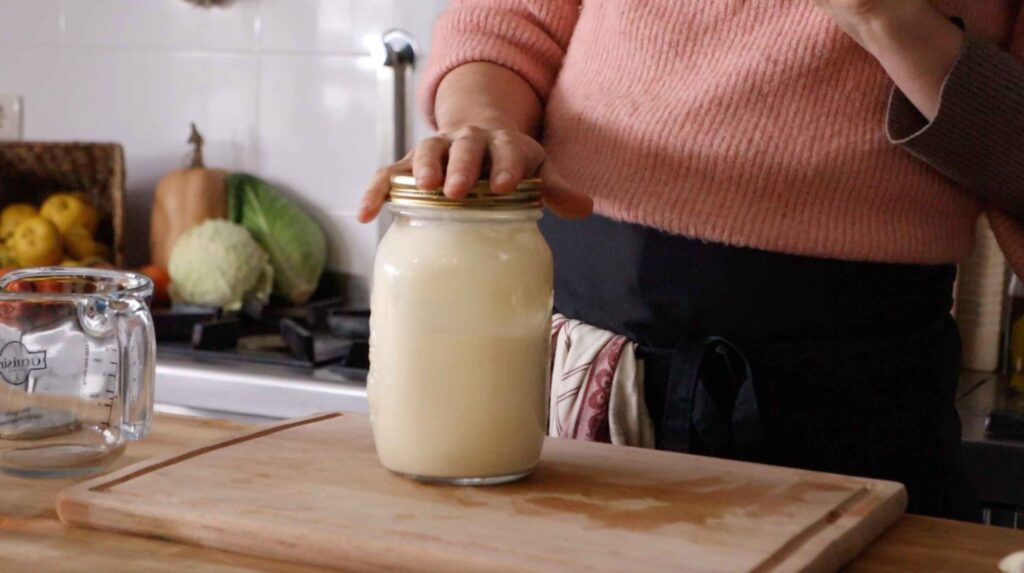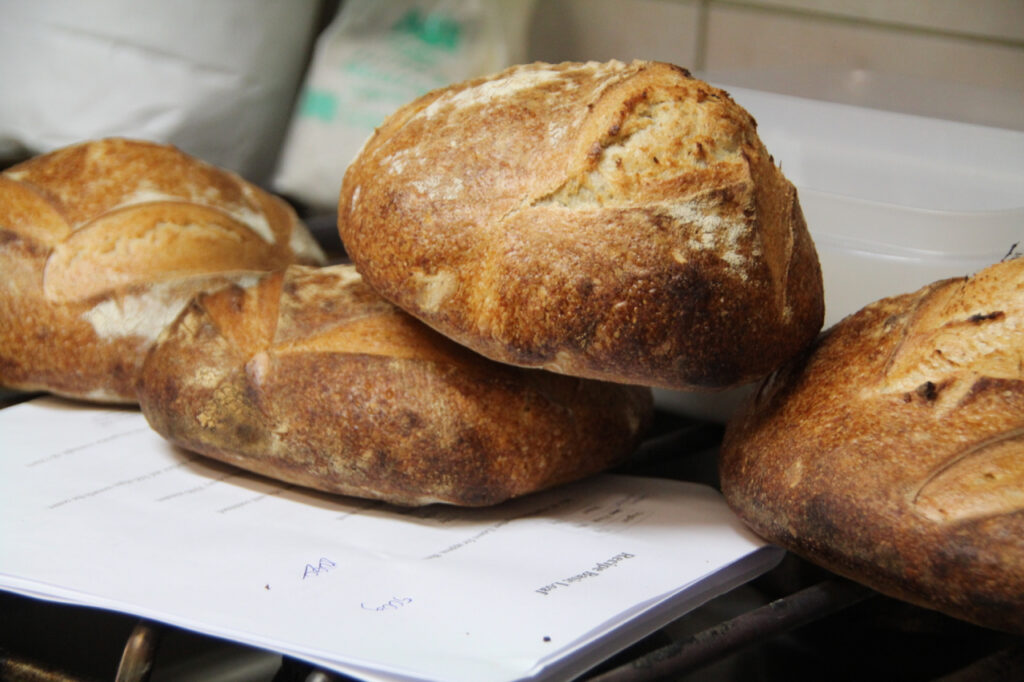Can I use regular cucumbers for this ferment?
Yes, but choose firm ones with fewer seeds. Pickling cucumbers hold their crunch best. If using large salad cucumbers, consider peeling and deseeding before fermenting.
Can I adjust the garlic or onion amounts?
Absolutely. This recipe is flexible. Use more garlic for a punchier result, or less if you prefer a softer background note. Red onions can be swapped for shallots for a milder flavour.
Is the fish sauce necessary?
Fish sauce adds deep umami and saltiness. If you’re vegetarian or vegan, you can substitute with a fermented soy sauce or tamari, though the flavour profile will shift.
What kind of tomato paste should I use?
Fermented tomato paste (tomatada) gives added complexity. If you don’t have it, use a good-quality tomato concentrate and add a teaspoon of sauerkraut brine or a tablespoon of whey for extra ferment kick.
What if the brine turns cloudy?
Cloudy brine is completely normal and a sign of healthy fermentation. It’s caused by natural bacteria at work. As long as there’s no mold or foul smell, your ferment is good to go.
